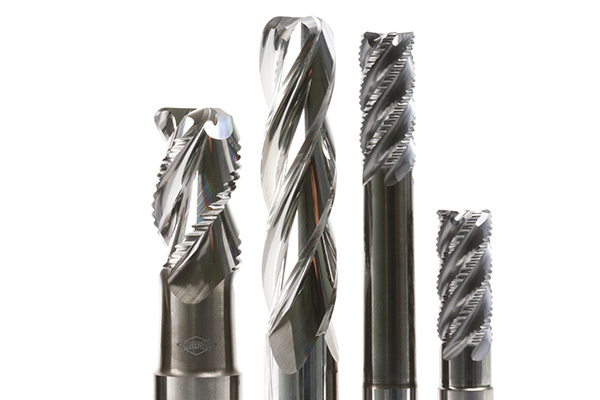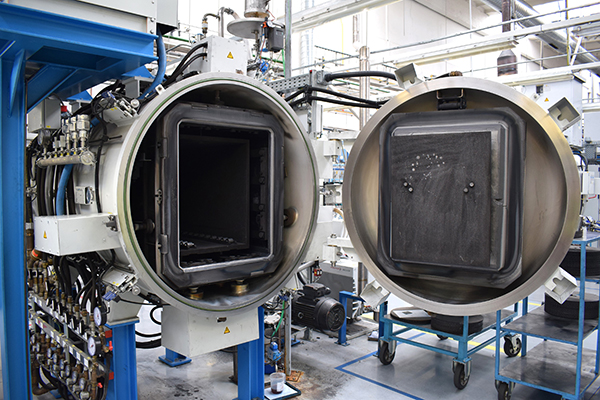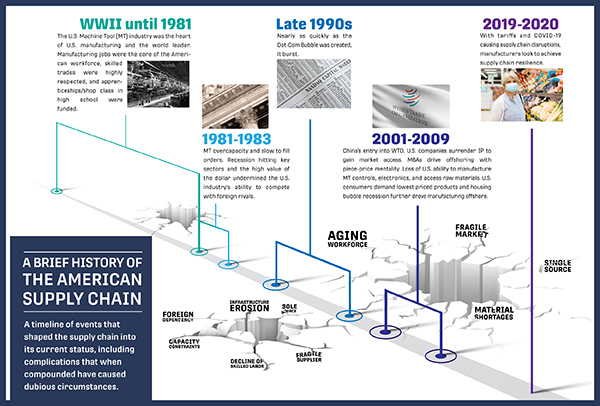Mapal has expanded its milling portfolio with the OptiMill SPM family of tools for processing aluminium and steel, which is available in two formats, the ‘Rough’ and ‘Finish’ series.

Optimised infeed machining depths, as well as the highest feeds during roughing, are possible with the OptiMill-SPM-Rough, reports Mapal. The reason for this performance is the novel knurled roughing geometry that ensures the power consumption during machining is significantly lower in comparison to tools with a straight cutting edge. Furthermore, heat introduction into the part is minimal due to the plunging characteristics of the tool.
The three-flute OptiMill-SPM-Rough is available with diameters of 12, 16, 20 and 25 mm, with corner radii of 2, 3 and 4 mm, to prolong tool life and prevent edge chipping during heavy-duty cutting. With a short flute length of 1.5xD and polished flutes, the OptiMill-SPM Rough has been designed for high material removal rates with vibration and cutting forces minimised due to the smooth cutting action of the tool.
For finishing contours and pocket walls, even at large depths in a single pass, Mapal has revealed the OptiMill-SPM-Finish. Mapal says this new end mill prevents swarf wrapping, even when operating in corners with enormous tool contact and high machining loads. Optimally designed cutting-edge geometry ensures there is no vibration during machining. The chip flutes are polished and, as a consequence, chip removal is optimal. Like the OptiMill-SPM-Rough, the new OptiMill-SPM-Finish is available in diameters from 12 to 25 mm, with imperial variants available upon request. The uncoated four-flute end mill is offered with corner radii from 2 to 4 mm and is first choice for aluminium machining.
In addition, Mapal is announcing the OptiMill-Uni-Wave as an extra-long version for roughing even in deep cavities. Availability is in diameters from 6 to 20 mm.
For further information www.mapal.com























